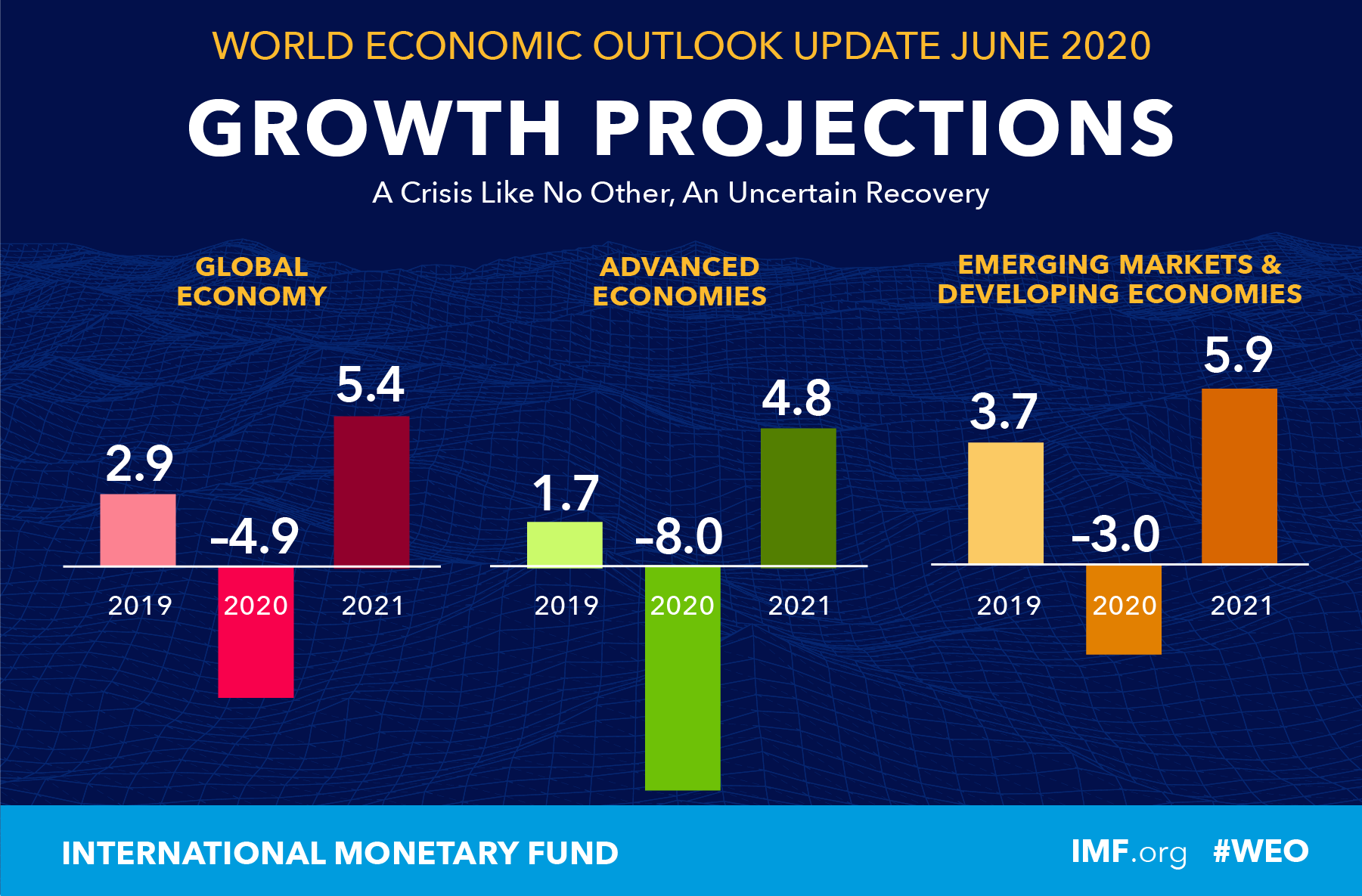America's Military Decline: China's Rise And The Shifting Global Power Balance

Table of Contents
Assessing America's Military Capabilities
While the US military remains the most technologically advanced and possesses unparalleled global reach, concerns are growing about its long-term capabilities. This assessment necessitates a close look at several key areas:
Budgetary Constraints and Military Spending
The US military budget, while still substantial, has faced relative stagnation compared to China's explosive growth. This disparity has profound implications:
- Budgetary Comparison: China's defense budget consistently increases, outpacing US spending growth in recent years, though the total US budget remains significantly larger. This difference in growth trajectories is a cause for concern.
- Reduced R&D Investment: Lower relative investment in research and development could hinder the US's ability to maintain its technological edge, especially in crucial areas like hypersonic weapons and artificial intelligence.
- Personnel and Readiness Impacts: Budgetary constraints can affect personnel recruitment, training, and the overall readiness of US forces, potentially impacting response times and operational effectiveness.
Technological Superiority and Emerging Threats
America's long-held technological superiority is increasingly challenged by China's advancements. While the US retains advantages, the gap is narrowing:
- Hypersonic Weaponry: China's rapid progress in hypersonic technology presents a significant challenge to US defense systems, potentially undermining existing missile defense strategies.
- Artificial Intelligence (AI) in Warfare: China is investing heavily in AI for military applications, including autonomous weapons systems, potentially altering the dynamics of future conflicts.
- Cyber Warfare Capabilities: China's growing capabilities in cyber warfare pose a significant threat to US infrastructure and national security, necessitating robust defensive measures.
Maintaining Global Presence and Alliance Networks
Maintaining a global military presence is costly and logistically complex. China's influence is testing the strength and effectiveness of existing alliances:
- Cost of Global Deployment: The economic burden of maintaining numerous overseas bases and military deployments is substantial and subject to increasing pressure.
- Shifting Alliances: China's growing economic and political influence is impacting alliances, potentially eroding the strength and reliability of traditional US partnerships.
- Effectiveness of Strategic Partnerships: Maintaining strong and effective partnerships requires continuous investment and diplomatic engagement, a challenge in a rapidly changing geopolitical landscape.
China's Military Modernization and Expansion
China's military modernization is a multifaceted process characterized by significant investment in advanced weaponry and a dramatic expansion of its naval and air forces:
Investment in Modern Weapons Systems
China's military is rapidly acquiring sophisticated weaponry, significantly altering the regional and global power balance:
- Aircraft Carriers: The development and deployment of aircraft carriers signify China's growing ambition for blue-water navy capabilities.
- Nuclear Submarines: The expansion of its nuclear submarine fleet enhances China's second-strike capabilities and strategic deterrence.
- Ballistic Missiles: Advances in ballistic missile technology, including increased range and accuracy, pose a significant threat to regional and global stability.
Expansion of Naval and Air Power
China's naval and air forces are expanding rapidly, enhancing its projection of power and influence:
- Expansion of Naval Bases: China's construction of naval bases in the South China Sea and other strategically important locations expands its reach and influence.
- Growth of the PLA Air Force: The modernization and expansion of the People's Liberation Army Air Force (PLAAF) are significantly enhancing China's air power projection capabilities.
- Impact on Regional Power Dynamics: China's enhanced naval and air power significantly impacts regional power dynamics, leading to heightened tensions in the South China Sea and elsewhere.
Cyber Warfare and Information Operations
Cyber warfare and information operations are integral to China's military strategy:
- Sophisticated Cyber Capabilities: China possesses sophisticated cyber capabilities, enabling it to conduct espionage, sabotage, and information warfare.
- Potential Threats: These capabilities pose a significant threat to critical infrastructure, financial systems, and national security.
- Implications for National Security: Countering these threats requires significant investment in cybersecurity and defensive measures.
The Shifting Global Power Balance and Geopolitical Implications
The evolving military landscape is reshaping the geopolitical order, impacting regional conflicts, alliances, and global economics:
Impact on Regional Conflicts and Stability
The shift in military power is significantly influencing regional conflicts and stability:
- South China Sea Tensions: China's assertive actions in the South China Sea are increasing tensions and the risk of conflict with neighboring countries.
- Taiwan Strait Crisis: The potential for a conflict over Taiwan is a significant concern, with potentially global ramifications.
- Increased Regional Instability: The overall balance of power shift increases the potential for miscalculation and escalation of regional conflicts.
Realignment of Alliances and Geopolitical Strategies
Nations are adapting their alliances and strategies in response to the changing power dynamics:
- Shifting Alliances: Countries are reevaluating their alliances, seeking to balance their relationships with the US and China.
- Formation of New Partnerships: New partnerships and alliances are forming in response to the changing geopolitical landscape.
- Geopolitical Implications: This realignment has broad implications for global stability and international relations.
Economic and Trade Implications
The shift in power has significant economic consequences:
- Trade Wars and Economic Sanctions: Increased tensions can lead to trade wars and economic sanctions, impacting global trade and investment.
- Impact on Global Trade: The changing balance of power affects global trade routes and supply chains.
- Impact on Economic Growth: Uncertainty and instability can negatively affect economic growth and investment.
Conclusion
The evidence suggests a significant shift in the global military landscape. While the US military retains considerable advantages, China's rapid modernization and expansion pose a serious challenge. Budgetary constraints, technological advancements, and the need to maintain a global presence are all critical factors influencing America's military capabilities. China's growing naval and air power, coupled with its investments in advanced weaponry and cyber capabilities, are fundamentally altering regional and global power dynamics. The implications for regional conflicts, alliances, and global economic stability are profound. Stay informed about the evolving military landscape and the ongoing debate surrounding America's military decline; understanding this complex issue is crucial for navigating the future of global security.

Featured Posts
-
 The Banksy Effect 22 777 000 Generated From Print Sales In One Year
May 31, 2025
The Banksy Effect 22 777 000 Generated From Print Sales In One Year
May 31, 2025 -
 Is This The Good Life Evaluating Your Current Path And Making Changes
May 31, 2025
Is This The Good Life Evaluating Your Current Path And Making Changes
May 31, 2025 -
 Global Covid 19 Update Who Reports On Emerging Variant
May 31, 2025
Global Covid 19 Update Who Reports On Emerging Variant
May 31, 2025 -
 Runes Authoritative Win Over Tsitsipas At Indian Wells
May 31, 2025
Runes Authoritative Win Over Tsitsipas At Indian Wells
May 31, 2025 -
 Arnarulunguaq Une Pionniere Inuit Et Son Heritage
May 31, 2025
Arnarulunguaq Une Pionniere Inuit Et Son Heritage
May 31, 2025
